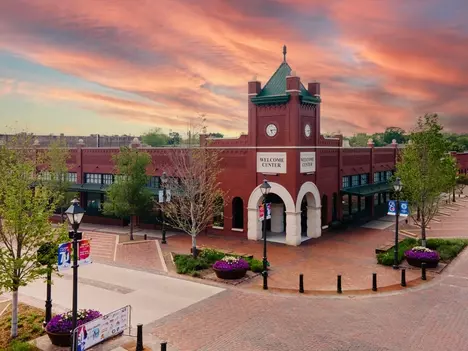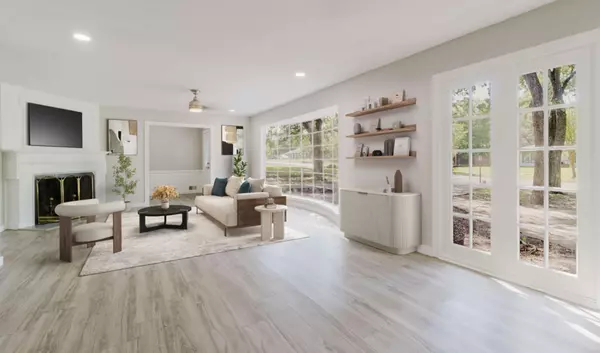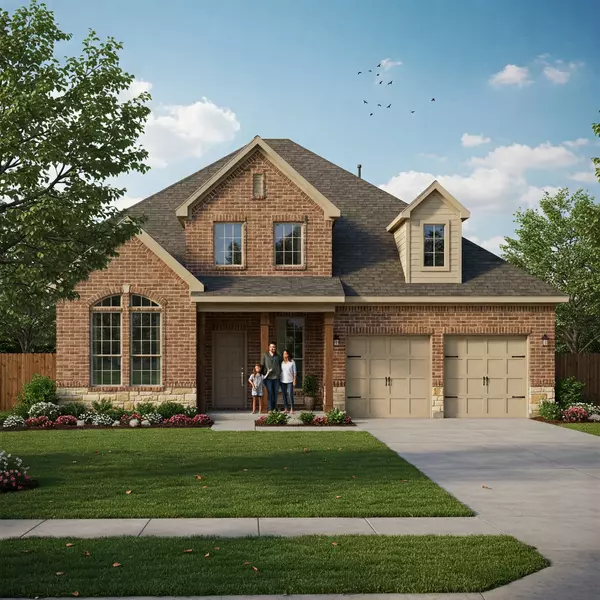Pros and Cons to New Construction Homes
When considering purchasing a new construction home, potential buyers often find themselves weighing the advantages and disadvantages. New builds can offer a range of appealing features, but they also come with their own set of challenges. In this blog, we will explore some of the pros and cons of new construction homes to help you make an informed decision.
One of the most attractive aspects of new construction homes is the opportunity to enjoy the newest design trends. Modern architecture and innovative layouts are hallmarks of these properties, allowing buyers to select homes that reflect contemporary tastes and lifestyles. Open floor plans, energy-efficient appliances, and smart home technology are just a few examples of what new builds can offer. Buyers can often customize certain features during the construction process, ensuring that their new home meets their specific needs and preferences.
Another significant advantage of purchasing a new construction home is the warranty that typically accompanies it. Most builders provide warranties that cover structural defects and other issues for a specified period after purchase. This peace of mind is particularly valuable for first-time homeowners who may be concerned about unexpected repair costs. Knowing that your investment is protected against major problems can ease some of the anxieties associated with buying a home.
Builder interest rate incentives are another perk that can make new construction homes more appealing. Many builders offer financing options or partnerships with lenders that provide competitive interest rates or reduced closing costs. These incentives can lead to substantial savings over time, making it easier for buyers to manage their monthly mortgage payments.
However, while there are many benefits to new construction homes, it’s essential to consider some potential drawbacks as well. One notable disadvantage is that these homes often sit on smaller lots compared to older properties. As urban areas expand and land becomes scarcer, builders tend to develop more compact communities. While this trend allows for more efficient use of space and resources, it can limit outdoor living opportunities for families who desire larger yards for gardening, recreation, or simply enjoying nature.
Additionally, new construction neighborhoods may feature fewer mature trees than established communities. Mature trees not only enhance the aesthetic appeal of a neighborhood but also provide shade and contribute positively to the environment. Buyers accustomed to lush landscapes may find newer developments lacking in greenery, which could impact their overall satisfaction with their new home.
Another consideration is the size of yards in newly constructed communities. As mentioned earlier, smaller lots often mean smaller yards. For families with children or pets who enjoy playing outside, this could be a drawback. Homeowners may need to adapt by seeking nearby parks or recreational areas where they can spend time outdoors without feeling confined by limited yard space.
Furthermore, while modern designs are appealing, they may not always prioritize functionality in every aspect. Some buyers might find that certain features—like storage space or room dimensions—are compromised in favor of trendy aesthetics. It’s crucial for prospective homeowners to evaluate how well a property meets their practical needs versus its visual appeal.
Lastly, there’s the issue of community development and infrastructure in newly built neighborhoods. While many builders strive to create vibrant communities with amenities such as parks and shopping centers, these facilities may not be fully developed at the time you move in. Depending on location and builder reputation, it could take years for surrounding areas to evolve into thriving neighborhoods complete with schools, grocery stores, and recreational facilities.
In conclusion, when considering whether a new construction home is right for you, it’s important to weigh both the pros and cons carefully. The allure of modern design elements combined with warranties and potential financial incentives makes new builds an attractive option for many buyers. However, factors like smaller lot sizes, fewer mature trees, limited yard space, and developing community infrastructure should also be taken into account.
Ultimately, your choice will depend on your personal preferences and lifestyle needs. If you prioritize contemporary living spaces and modern conveniences over expansive outdoor areas or established neighborhoods filled with mature landscaping, then a new construction home could be an ideal fit for you. On the other hand, if you value larger lots with ample greenery or are looking for a more established community vibe, exploring older homes might be worth considering as well.
As always when making such an important decision as buying a home—new or old—working closely with a knowledgeable real estate agent can help ensure that you find the perfect property tailored to your unique requirements!
Categories
Recent Posts










